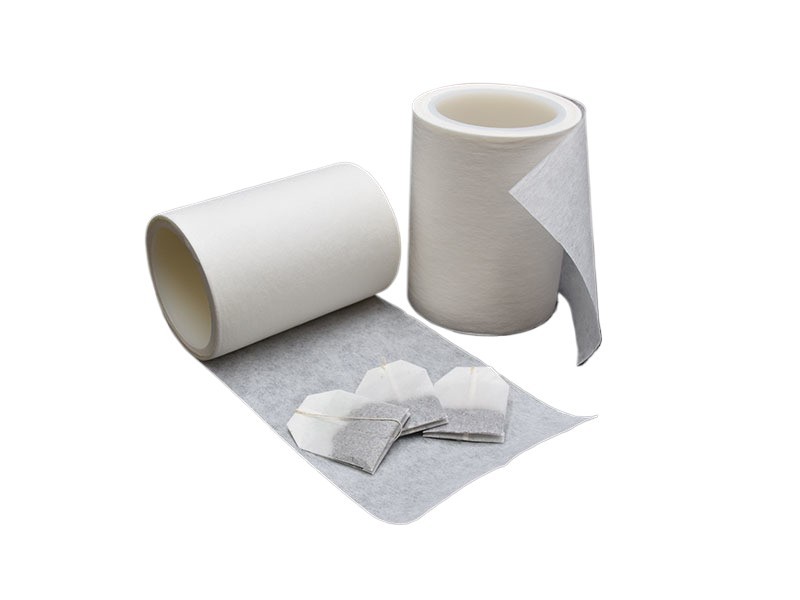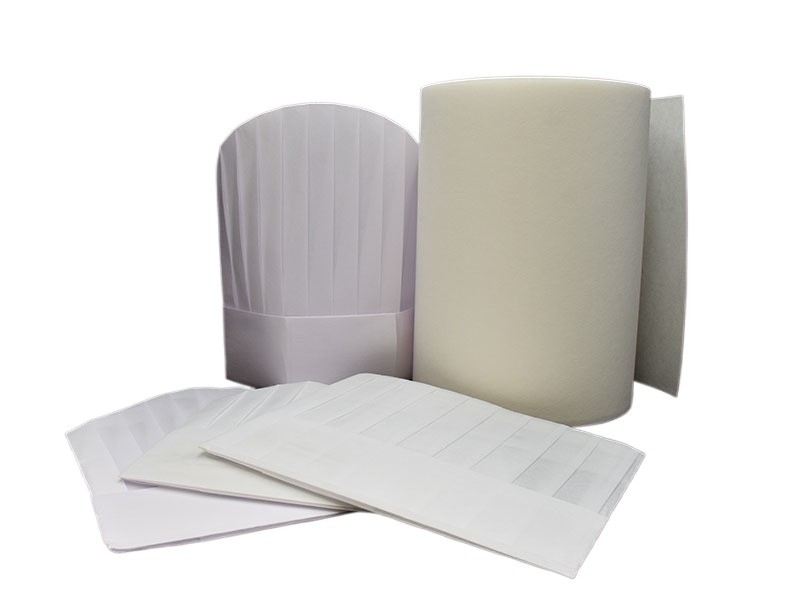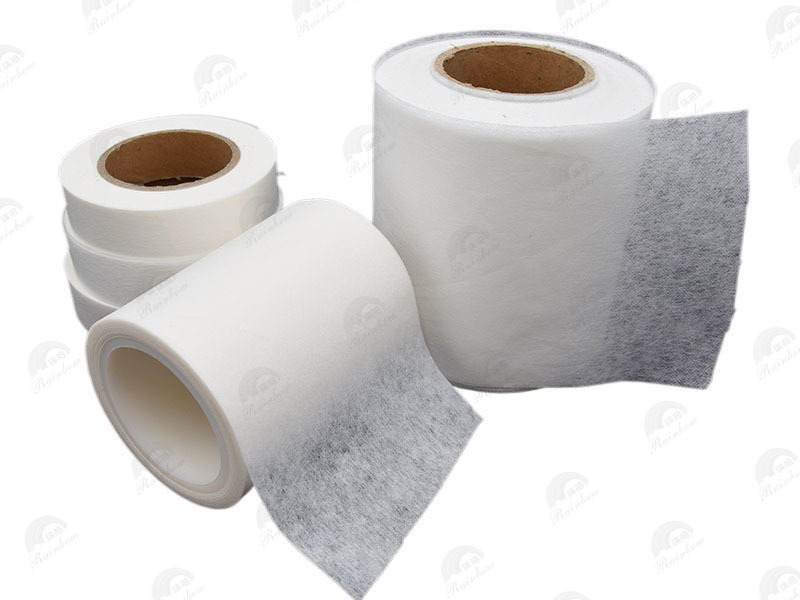Exploring the Benefits of Lightweight Nonwoven Interlining for Shirts
Release time:
2025-04-27
Lightweight nonwoven interlining is a revolutionary material that plays a crucial role in garment construction, particularly in the manufacturing of shirts. This type of interlining is made from synthetic fibers that are bonded together through various methods, creating a fabric that is not only lightweight but also versatile and functional. The benefits of using lightweight nonwoven interlining in shirts are manifold, making it an essential component for designers and manufacturers alike.
One of the primary advantages of lightweight nonwoven interlining is its ability to provide structure and support to garments without adding unnecessary weight. This is particularly important in shirt making, where comfort and fit are paramount. The lightweight nature of this interlining allows for easy layering, ensuring that shirts maintain their shape and appearance even after prolonged wear. Additionally, it helps in achieving a crisp, professional look, which is especially desired in formal or business attire.
Another significant benefit of lightweight nonwoven interlining is its excellent breathability. Unlike traditional interlinings, which may trap heat and moisture, nonwoven materials allow air to circulate freely. This feature is particularly advantageous in warmer climates or for shirts intended for casual wear. It enhances the overall comfort of the wearer, making shirts more enjoyable to wear throughout the day.
Durability is another attribute that makes lightweight nonwoven interlining a preferred choice among textile manufacturers. This type of interlining is resistant to fraying, wrinkling, and shrinking, ensuring that the shirts maintain their integrity over time. Furthermore, it can withstand multiple washings while retaining its shape and performance characteristics, which is an essential consideration for everyday clothing.
In terms of versatility, lightweight nonwoven interlining can be used in a variety of shirt styles, including dress shirts, casual shirts, and even sportswear. It can be easily cut and shaped to fit different patterns, making it adaptable to various design needs. Furthermore, nonwoven interlining can be used in combination with different outer fabrics, such as cotton, polyester, and blends, enhancing the overall aesthetic and functionality of the final product.
In conclusion, lightweight nonwoven interlining is an invaluable material in the textile industry, particularly for shirt manufacturing. Its lightweight nature, breathability, durability, and versatility make it an essential component for achieving high-quality garments. By integrating this innovative material into your shirt-making process, you can ensure that your products not only meet but exceed customer expectations in terms of comfort, style, and performance. Embracing lightweight nonwoven interlining could be a game-changer in your garment production strategy, leading to enhanced satisfaction and loyalty among your clientele.
One of the primary advantages of lightweight nonwoven interlining is its ability to provide structure and support to garments without adding unnecessary weight. This is particularly important in shirt making, where comfort and fit are paramount. The lightweight nature of this interlining allows for easy layering, ensuring that shirts maintain their shape and appearance even after prolonged wear. Additionally, it helps in achieving a crisp, professional look, which is especially desired in formal or business attire.
Another significant benefit of lightweight nonwoven interlining is its excellent breathability. Unlike traditional interlinings, which may trap heat and moisture, nonwoven materials allow air to circulate freely. This feature is particularly advantageous in warmer climates or for shirts intended for casual wear. It enhances the overall comfort of the wearer, making shirts more enjoyable to wear throughout the day.
Durability is another attribute that makes lightweight nonwoven interlining a preferred choice among textile manufacturers. This type of interlining is resistant to fraying, wrinkling, and shrinking, ensuring that the shirts maintain their integrity over time. Furthermore, it can withstand multiple washings while retaining its shape and performance characteristics, which is an essential consideration for everyday clothing.
In terms of versatility, lightweight nonwoven interlining can be used in a variety of shirt styles, including dress shirts, casual shirts, and even sportswear. It can be easily cut and shaped to fit different patterns, making it adaptable to various design needs. Furthermore, nonwoven interlining can be used in combination with different outer fabrics, such as cotton, polyester, and blends, enhancing the overall aesthetic and functionality of the final product.
In conclusion, lightweight nonwoven interlining is an invaluable material in the textile industry, particularly for shirt manufacturing. Its lightweight nature, breathability, durability, and versatility make it an essential component for achieving high-quality garments. By integrating this innovative material into your shirt-making process, you can ensure that your products not only meet but exceed customer expectations in terms of comfort, style, and performance. Embracing lightweight nonwoven interlining could be a game-changer in your garment production strategy, leading to enhanced satisfaction and loyalty among your clientele.
Lightweight Nonwoven Interlining for Shirts
Latest News
Nantong Rainbow Technology Co., Ltd.
Telephone:+86-13587673537
E-mail:chrislc717@163.com
Address: Group 42, Xizansi Village, Xiting Town, Tongzhou District, Nantong City, Jiangsu Province

Copyright©2024 Nantong Rainbow Technology Co., Ltd. | Powered by www.300.cn
Copyright©2024 Nantong Rainbow Technology Co., Ltd.
Powered by www.300.cn




